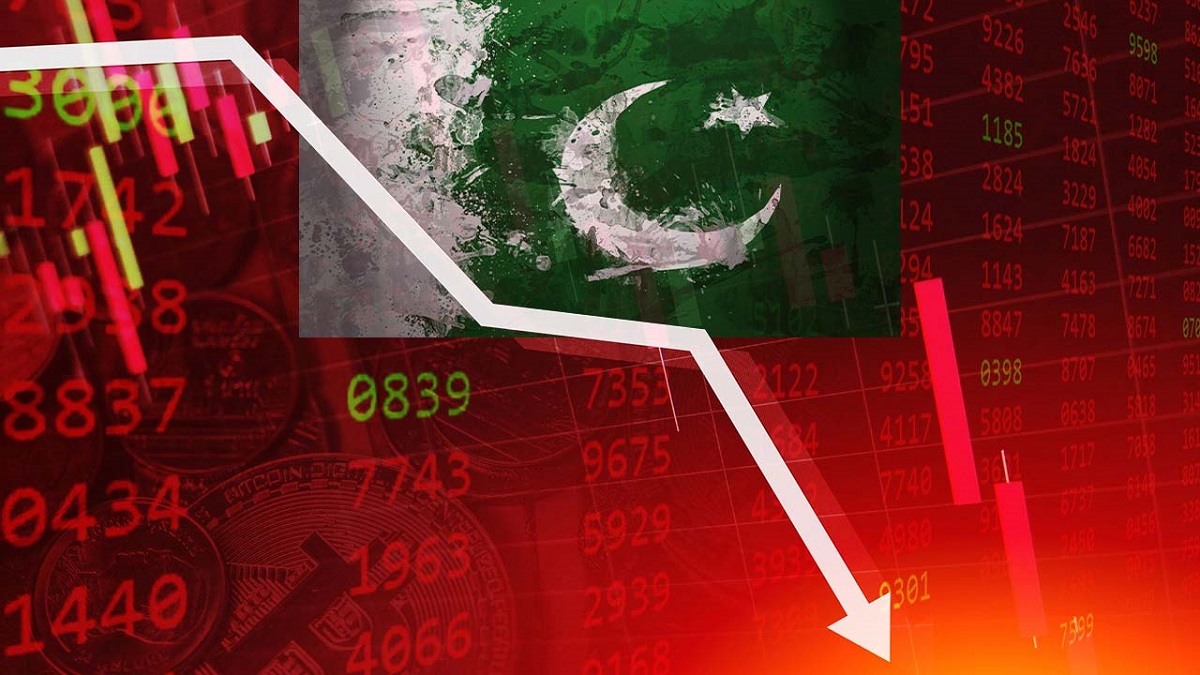Pakistan’s chances of default on its debt have dwindled in recent sessions, with the cost of ‘insuring’ the country’s sovereign debt falling below November’s disastrous highs following yesterday’s “productive” talks with the International Monetary Fund (IMF).
According to Arif Habib Limited (AHL), Pakistan’s benchmark 5-year Credit Default Swap (CDS) fell 3,168 basis points to 58.8 percent on 14 December. The instrument has dropped by more than 31.6 percentage points in a single day, indicating that investors are unwilling to take on Pakistan’s default risk at a price below 58 percent.
While still high, the drop corresponds with the State Bank of Pakistan’s (SBP) declining foreign exchange reserves, which were less than $7 billion as of December 2, 2022, according to data released last week.
As concerns grow about Pakistan’s ability to refinance at higher rates, debt markets are indicating a growing gap between emerging market (EM) corporate borrowers and their sovereign counterparts, as well as the reluctance of multilateral lending partners to release funds to the South Asian market.
Spreads on Pakistan’s five-year CDS have more than quadrupled in recent years, rising from around 500 basis points in May 2021 to over 2,000 bps in the new fiscal year (FY23). The current state of affairs indicates a very high likelihood of default.
Former Finance Minister Miftah Ismail warned on Tuesday that Pakistan’s current path could lead to default, and urged the government to take steps to avoid such a scenario.
Read More: ADB approves $554m flood assistancee for Pakistan
“I believe Pakistan should not default, but I believe the path we are on can lead us to default, and the risk has increased,” the former minister told a private television channel.
Fitch reduced Pakistan’s long-term issuer default rating to CCC+ from B- in October, while Moody’s reduced the country’s issuer and senior unsecured debt ratings to Caa1 from B3. Both cited liquidity risks as a major reason for their downgrades, while also mentioning depleted reserves.
Miftah has warned that if the IMF suspends its programme, Pakistan will be forced to default. His remarks reflect the sentiments of the global market as a whole. The ongoing bond market crisis has been exacerbated by Pakistan’s excruciatingly uncertain external liquidity and funding conditions. Pakistan has received only about $4 billion in the first five months of FY23, compared to a massive full-year target of $34-38 billion.
The 10-year Pakistan International Bond’s yield (rate of return) is currently around 64%.
The yield on a 10-year bond maturing in 2024 increased by 2 basis points to 64.08 percent as of December 13th. The yield on a 10-year bond maturing on September 30, 2025 increased from nearly 40% to 40%. The 30-year bond yield, which matures on April 8, 2051, fell from 25.48 percent to 25.33 percent.



























